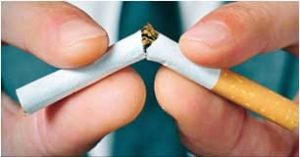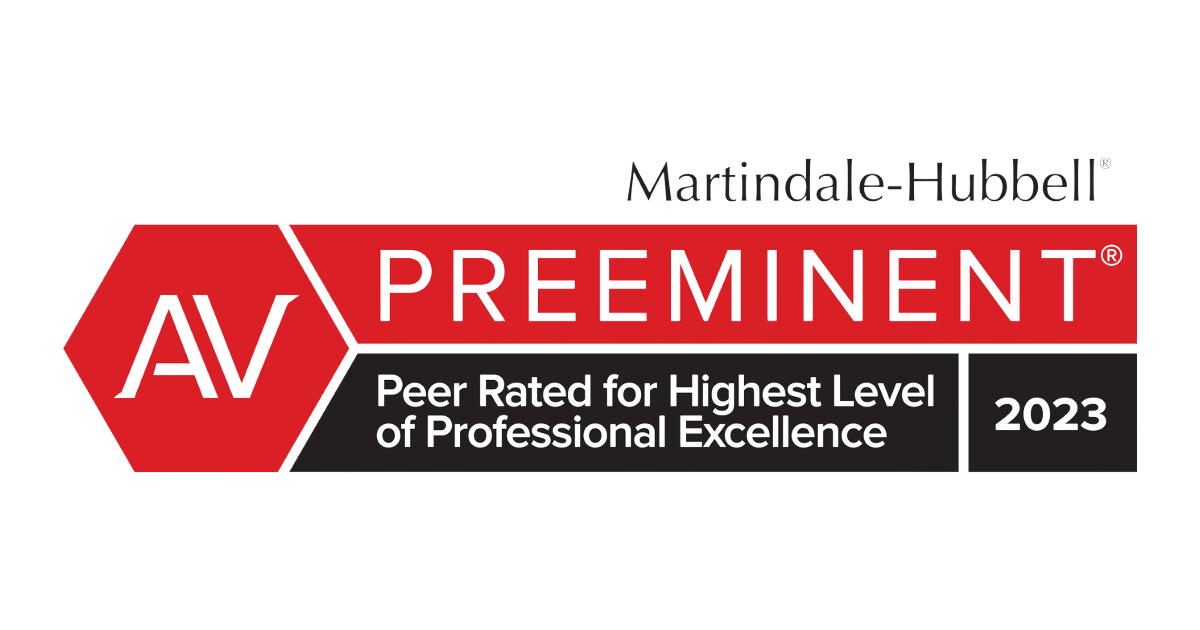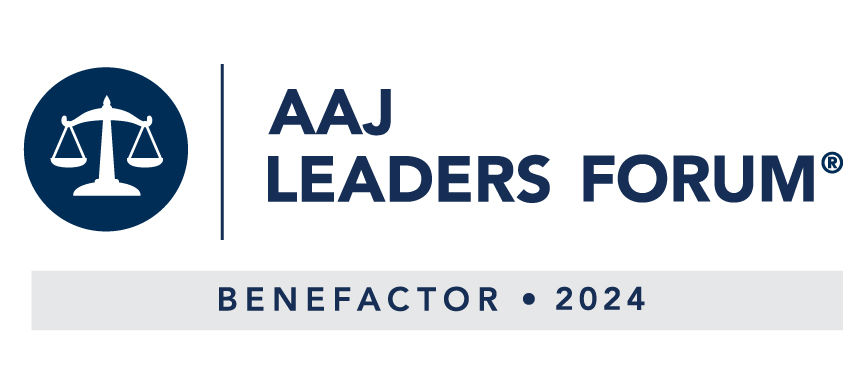3차 흡연으로 인한 독소는 위험합니다
3차 흡연: 누가 알았을까요?
Recently, several news outlets have reported a new health danger from cigarettes—third-hand smoke. Third-hand smoke is the residual noxious brew of gases and particles clinging to hair, clothing, furniture and floors long after visible secondhand smoke has cleared a room. Reading like a who’s–who list of bad guys, the toxins include hydrogen cyanide (used in chemical weapons), carbon monoxide (found in car exhaust), butane (used in lighter fluid), ammonia (used in household cleaners), toluene (found in paint thinners), arsenic (used in pesticides), lead (formerly found in paint), chromium (used to make steel), cadmium (used to make batteries), and polonium–210 (a highly radioactive carcinogen).

Small children are especially susceptible to third-hand smoke exposure. Low levels of tobacco particulates have been associated with cognitive deficits among children, similar to low–level exposure to lead. Findings include evidence that the higher the exposure level, the lower the reading score, underscoring the possibility that even extremely low levels of these compounds may be neurotoxic.
스트라이크 원: 흡연과 폐암의 연관성을 강조하는 연구에 대한 담배 업계의 반응
Missing from these news reports are responses from the tobacco industry. If history is any indication, the tobacco industry will not readily agree to the dangers posed by third hand smoke. For instance, when studies from medical research began to leak into popular press noting the link between smoking and lung cancer in the 1950s, the tobacco industry “launched a massive public relations campaign—to discredit and distort the truth about smoking and cancer, to deny any link between smoking and serious illness, and to persuade the public that ‘there is no proof that cigarette smoking is a cause of lung cancer’—the underlying purpose of which was ‘reassurance of the public.’” (Whiteley v. Philip Morris, Inc. (2004)117 Cal.App.4th 635, 679-682)
By 1964, the first U.S. Surgeon General report on the link between smoking and cancer was published, followed by additional reports and supplements in the decades following. Nevertheless, decade after decade, the tobacco industry disputed it had been proved that smoking caused lung cancer. Still, as knowledge of the dangers of smoking (and later, secondhand smoke) grew, public policy shifts led to advertising restrictions and public smoking bans. In return, the overall number of American men and women who smoke has declined. [Tobacco Timeline: U.S. Smoking Rates Since 1965] This is good news.
스트라이크 2: 흡연과 질병 위험 증가를 연결하는 연구에 대한 담배 업계의 반응
나쁜 소식은 간접 흡연의 위험성에 관한 과학적 발견에 대한 응답으로 흡연의 위험성을 반박하는 데 사용된 것과 동일한 전술이 반복되었다는 것입니다. "환경적 담배 연기"(ETS) 또는 "수동적 흡연"으로도 알려진 간접 흡연은 담배 제품을 태울 때 발생하는 연기의 두 가지 형태인 "부류 연기"와 "주류 연기"가 혼합된 것입니다. 부류연은 연기가 나는 담배 끝에서 나오는 연기입니다. 주류연은 흡연자가 들이쉬고 내쉬는 연기의 조합입니다. 간접흡연에서 파생된 타르는 피부에 바르면 주류연에서 생성되는 타르보다 그램당 독성이 3배, 종양 형성성이 2~6배 더 높습니다.
Babies exposed to secondhand smoke are two times more likely to die of SIDS. Secondhand smoke is associated with 7,500 to 15,000 hospitalizations of infants and toddlers annually, leads to 136 to 212 deaths in children 18 months of age or younger, and contributes to 8,000 to 26,000 new cases of asthma in children each year. Not only harmful to children, but the California Environmental Protection Agency also estimates that secondhand smoke exposure causes approximately 3,400 lung cancer deaths and 22,700–69,600 heart disease deaths annually among adult nonsmokers in the United States.
간접흡연과 관련된 엄청난 건강 영향을 감안할 때 공공 흡연에 대한 제한은 지난 20년 동안 기반을 다져 왔으며 캘리포니아는 선두였습니다. 예를 들어, 캘리포니아 버클리는 레스토랑의 흡연 구역을 법으로 제정한 미국 최초의 도시였으며, 캘리포니아는 바에서의 흡연을 금지한 최초의 주였습니다. 두 정책 모두 처음에는 논란의 여지가 있었지만 국내 및 국제적으로 채택되는 청사진을 수립했습니다. 최근 샌프란시스코는 회사 약국에서 담배 제품 판매를 금지함으로써 새로운 지평을 열었습니다. 당연히 Walgreens와 Philip Morris는 전국적으로 유사한 금지 조치가 채택될 것을 우려하여 이 조례에 이의를 제기했습니다.
As with the initial reports linking smoking with lung cancer, the tobacco industry launched various initiatives to stymie the impact of research linking secondhand smoke to disease. For instance, in 1993, Philip Morris initiated “Project Brass” in response to the U.S. Environmental Protection Agency’s classification of secondhand tobacco smoke as a Group A Human Carcinogen. Project Brass strategies included 1) broadening the secondhand smoke issue to encompass total indoor air quality (i.e., deflecting attention away from secondhand smoke); 2) using “credible third parties” to fight public health measures, and 3) manufacturing doubt about the EPA secondhand smoke report.
Also noteworthy is the Whitecoat Project, the Philip Morris–led global effort to “resist and roll back smoking restrictions” by creating and maintaining controversy about the health effects of secondhand smoke by generating a body of scientific literature supporting the industry’s view that secondhand smoke is not harmful. Philip Morris also started the Accommodation Program which advocated the use of separate smoking and non–smoking sections in public venues as a “reasonable” alternative to legislated smoking restrictions. The Accommodation Program also provided Philip Morris with access to a pool of hospitality business owners and associations to act as credible third party allies in fighting smoking restrictions.
세 번째 스트라이크: 필립 모리스의 스핀 - 3차 흡연은 건강에 위험합니다. '소문'
Over ten years ago, Philip Morris executives recognized a potential health problem with third hand smoke. A 1998 email from Liz Culley, senior director of corporate affairs for Philip Morris, to a marketing consultant regarding suitable, legally–protected language for the Chairman’s Annual Shareholder Briefing Book offers insight into the tobacco manufacturer’s profits over public health priorities. In a question and answer format, this five-page document sets forth Philip Morris’ treatment of third-hand smoke risks as merely “rumor” while touting the virtues of the Accommodation Program and blaming smoking restrictions for cigarette butt litter.
부끄러운 일입니다. 우리는 그들이 마침내 양심을 키웠기를 바랐습니다.
기타 외과 일반 보고서:
- US Department of Health and Human Services. The Health Consequences of Involuntary Exposure to Tobacco Smoke: A Report of the Surgeon General.
- U.S. Department of Health and Human Services. The 2006 Surgeon General’s Report—The Health Consequences of Involuntary Exposure to Tobacco Smoke.









